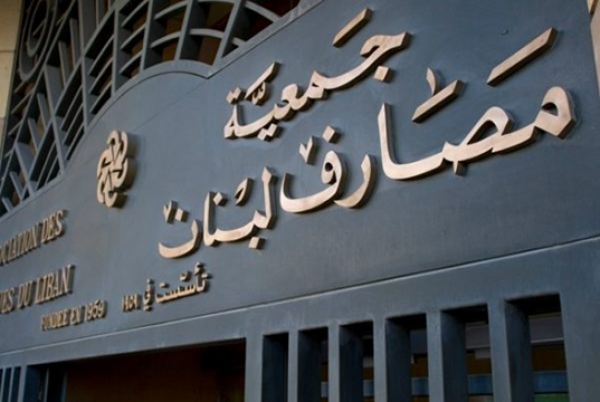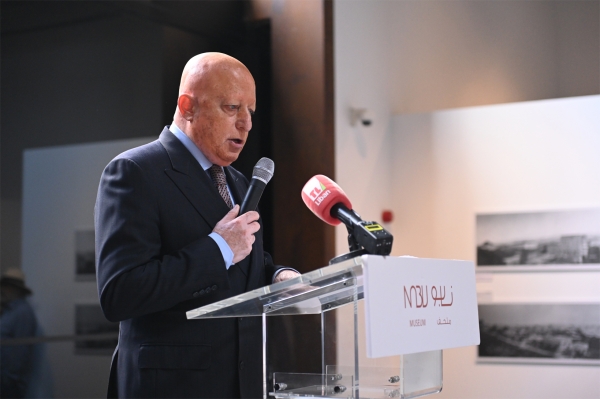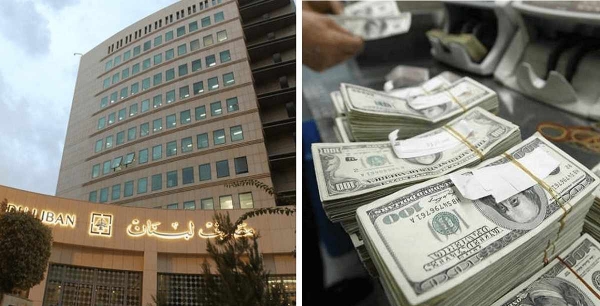Lebanese banks’ deposits remain stable despite crisis
Lebanese banks’ deposits remain stable despite crisis
Whenever Lebanon experiences a major security or political crisis, people start to voice fears over instability of the Lebanese pound and the transfer of deposits from the Lebanese banking sector to overseas banks. Since 1998, Banque du Liban has pegged the Lebanese pound to the US dollar at a rate of LBP 1507.5 for each US dollar. As for deposits, they have not been transferred to overseas banks but have increased over the years, as shown in Table No. 1 below.
- Deposits in all currencies rose from USD 43.3 billion in 2002 to USD 166.5 billion in 2016, i.e. by around USD 123.2 billion (284%). Thus, the annual average amounts to USD 8.8 billion.
- Resident private sector deposits increased from USD 36.8 billion to USD 128.5 billion over the same period, i.e. by around USD 91.7 billion (250%).
- Non-resident private sector deposits increased from USD 6.1 billion to USD 34 billion, i.e. by around USD 27.9 billion (457%).
- Public sector deposits rose from USD 392 million to nearly USD 4 billion, i.e. by USD 3.6 billion (907%).
- The greatest increase in total deposits was the 23% rise in 2009, an election year.
- Bank deposits had not decreased during years of crisis, namely in 2005 (when Prime Minister Rafic Hariri was assassinated) and 2006 (when Israel attacked the country). The growth rate declined during these years, however, to just 4.1% and 6.2%, respectively, compared to 12.5 percent in 2004.
Therefore, and for many reasons (high interest, banking secrecy, and ease of money transfers), deposits are highly likely to stay in Lebanese banks whatever crises and challenges arise.
Table No.1: Volume of deposits in Lebanese banks, 2002-2017.
|
Year |
Value of deposits (USD billion) |
Increase (USD billion) |
Increase (%) |
|
2002 |
43.3 |
- |
- |
|
2003 |
49.6 |
6.3 |
14.5 |
|
2004 |
55.8 |
6.2 |
12.5 |
|
2005 |
58.1 |
2.3 |
4.1 |
|
2006 |
61.7 |
3.6 |
6.2 |
|
2007 |
68 |
6.3 |
10.2 |
|
2008 |
78.7 |
10.7 |
15.7 |
|
2009 |
96.8 |
18.1 |
23 |
|
2010 |
108.6 |
11.8 |
12.2 |
|
2011 |
117.7 |
9.1 |
8.3 |
|
2012 |
127.6 |
9.9 |
8.4 |
|
2013 |
139.2 |
11.6 |
9 |
|
2014 |
148 |
8.8 |
6.3 |
|
2015 |
155 |
7 |
4.7 |
|
2016 |
166.5 |
11.5 |
7.4 |
|
2017 (until end of October) |
173.5 |
7 |
4.2 |
Source: Association of Banks in Lebanon, Annual Reports 2002-2017.








Leave A Comment